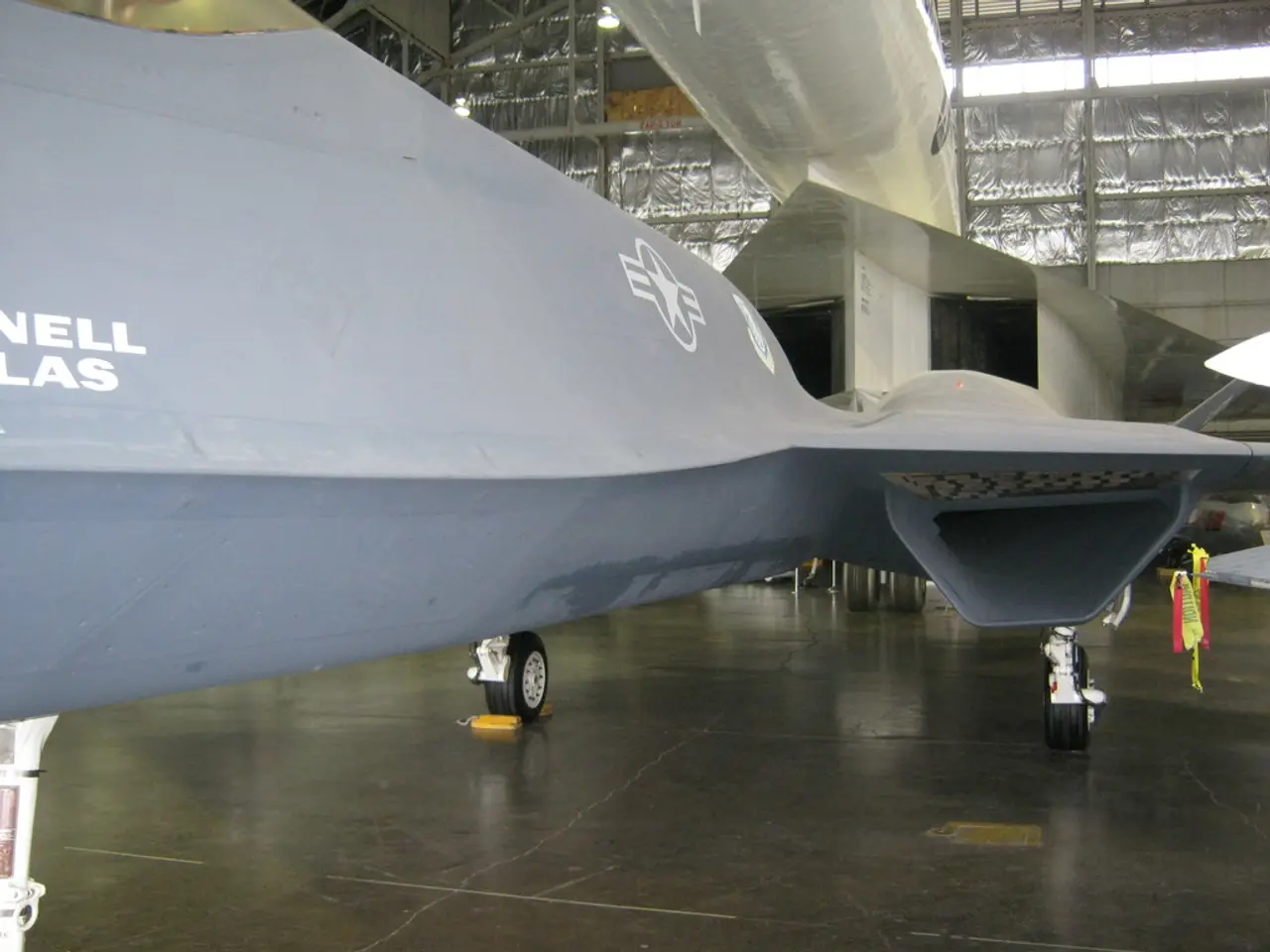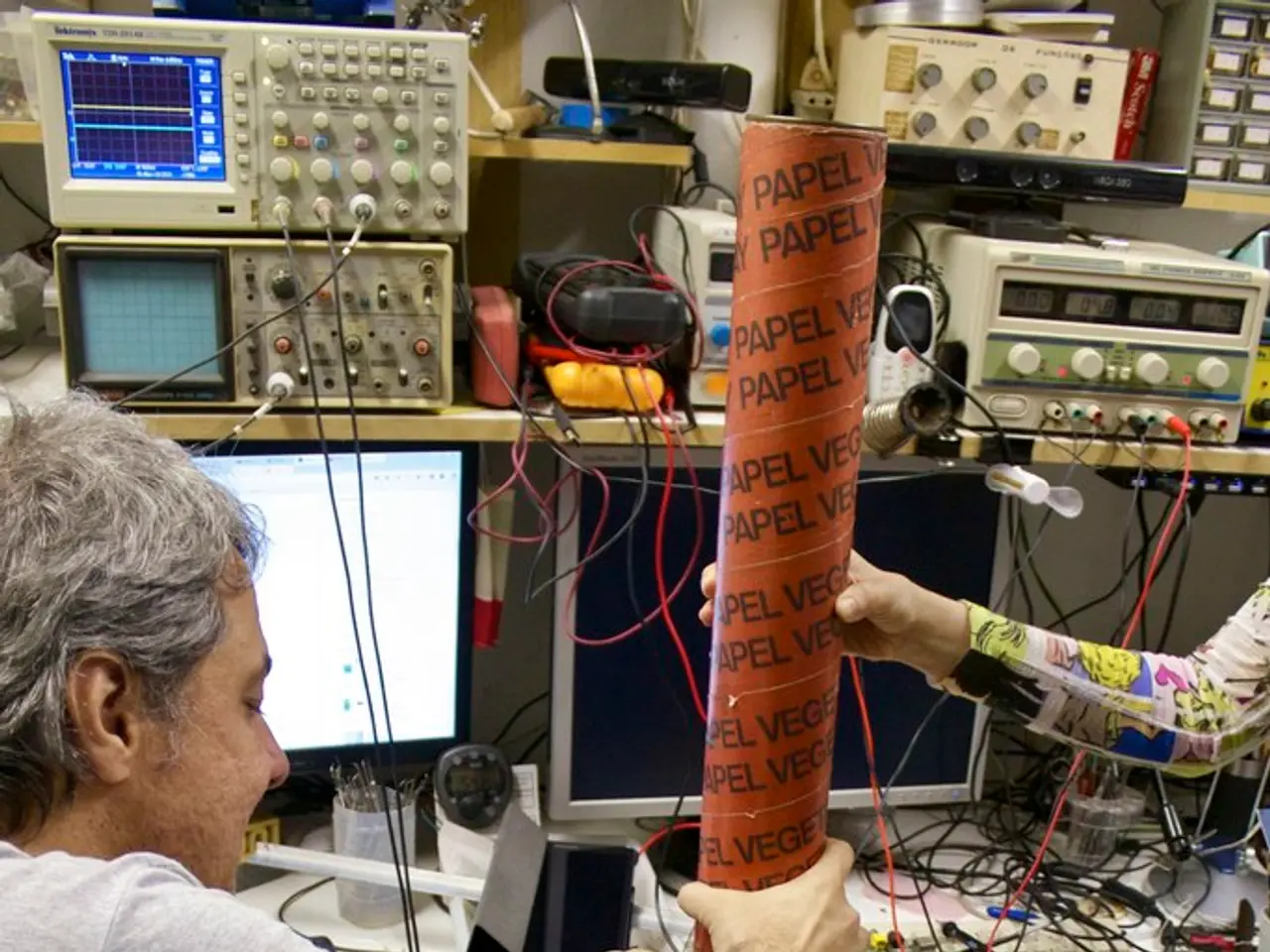Delay in BVLOS Compliance by FAA: Insights from Recently Released Report
The FAA's BVLOS (Beyond Visual Line of Sight) drone rule, which promises to revolutionize the drone industry by unlocking various commercial use cases, has faced numerous delays due to the intricate balance between innovation, safety, and public interest.
According to a report from the Office of Inspector General (OIG), the delays are primarily attributed to the technical challenges in developing a robust regulatory framework, extensive stakeholder coordination, and the high stakes involved in ensuring safe drone integration.
The drafting of the rule has been a complex process, requiring the FAA to address varied commercial use cases, establish requirements for pilot certification, operational limits, and safety management systems, and develop a framework that allows for different authorization paths depending on operational risk levels.
The FAA has also been under pressure from various quarters, including industry and congressional pressures, as well as executive orders pushing for expedited action. These factors have contributed to iterative internal and external stakeholder review processes.
Historically, the FAA has relied on cumbersome, case-by-case waivers, which the new rule seeks to replace with a broader, flexible regulatory regime. This shift necessitated careful drafting to avoid safety gaps.
The FAA finally published the draft Notice of Proposed Rulemaking (NPRM) on August 5-6, 2025. The document, running over 700 pages, reflects the extensive regulatory efforts needed to address the complexities involved in safe BVLOS drone operations.
The delay in releasing the rule has been costly, with the cost of hiring a company to navigate the current BVLOS waiver process estimated to be around $100,000. The FAA's hesitance to publish a BVLOS rule is partly due to insufficient safety data, particularly for operations over people or in shared airspace.
The FAA also faces challenges in interagency coordination, as multiple agencies need to review each BVLOS request, creating additional bottlenecks. Test programs for BVLOS have been hampered by delays tied to COVID-19, weather, and shifting project scopes.
Despite these challenges, the FAA has made progress towards creating a new BVLOS rule through the BEYOND program, collaborating with drone industry partners and accessing real-world testbed operations. The FAA's current waiver process isn't suitable for handling the growing volume of BVLOS use cases, and the agency needs to develop an entirely new way to handle BVLOS approvals due to organizational gaps, staffing shortages, and a mismatch between the FAA's approval methods and the pace of innovation in the drone sector.
[1] Office of Inspector General (OIG), "FAA's Progress in Developing the Beyond Visual Line of Sight (BVLOS) Rule," Report No. AV-2024-015 (2024) [2] Federal Aviation Administration (FAA), "Notice of Proposed Rulemaking (NPRM) for Operation and Certification of Small Unmanned Aircraft Systems (SUAS) Over People," August 5-6, 2025 [3] Federal Aviation Administration (FAA), "BVLOS Rule to Supercharge Drone Industry," Press Release, August 5-6, 2025 [4] White House, "Executive Order on Promoting Safe Integration of Unmanned Aircraft Systems into National Airspace," July 6, 2023 [5] Federal Aviation Administration (FAA), "FAA Reauthorization Act of 2024," Public Law 117-78, December 21, 2024
- The FAA's Beyond Visual Line of Sight (BVLOS) drone rule, intended to revolutionize the drone industry by unlocking various commercial use cases, faced numerous delays due to the complexities involved in ensuring safe drone operations, extensive stakeholder coordination, and financial implications.
- The delays in publishing the BVLOS rule have incurred significant costs, with the expense of hiring a company to navigate the current BVLOS waiver process estimated to be around $100,000.
- The FAA's publication of the draft Notice of Proposed Rulemaking (NPRM) for the Operation and Certification of Small Unmanned Aircraft Systems (SUAS) Over People, in August 2025, outlined extensive regulatory efforts to address safety concerns, technical requirements, and a flexible regulatory regime.
- The delay in the BVLOS rule release is partly due to insufficient safety data, particularly for operations over people or in shared airspace, and the high stakes involved in ensuring safe drone integration.
- In the General News, the FAA's hesitance to publish a BVLOS rule is tied to organizational gaps, staffing shortages, and a mismatch between the FAA's approval methods and the pace of innovation in the drone sector, requiring the agency to develop an entirely new way to handle BVLOS approvals to accommodate the growing volume of BVLOS use cases.




